What do you think?
Rate this book
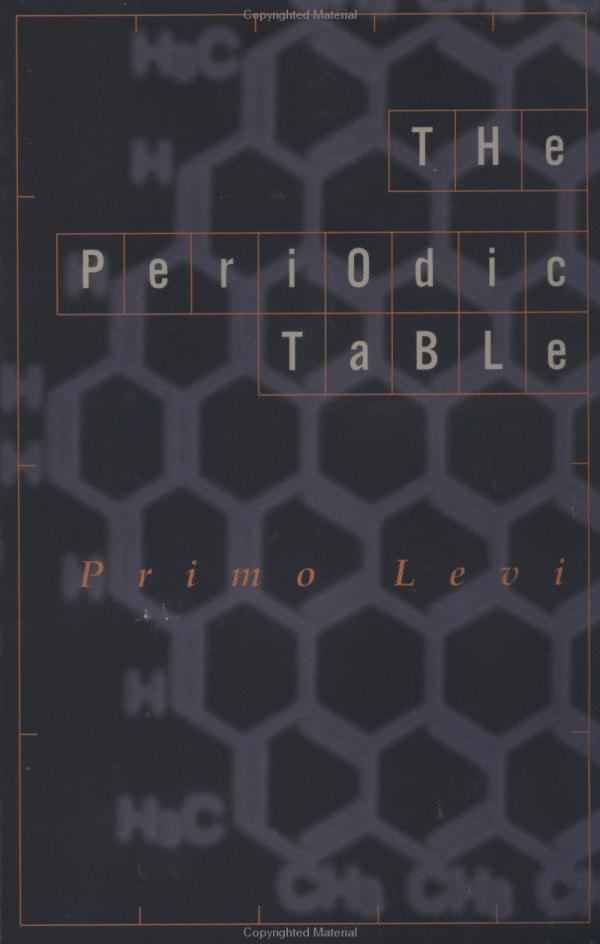

233 pages, Paperback
First published April 12, 1975
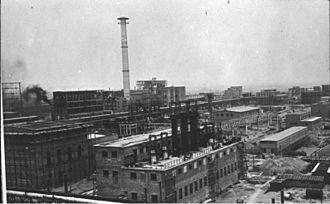
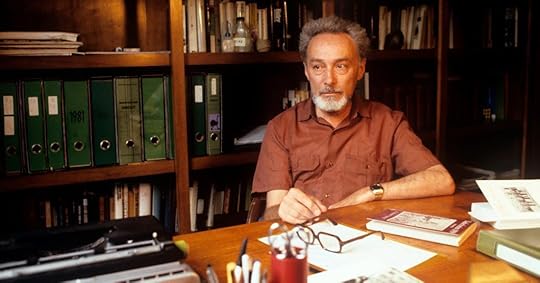
The little that I know about my ancestors presents many similarities to these gases. Not all of them were materially inert, for that was not granted them. On the contrary, they were – or had to be – quite active, in order to earn a living and because of a reigning morality that held that "he who does not work does not eat." But there is no doubt that they were inert in their inner spirits, inclined to disinterested speculation, witty discourses, elegant, sophisticated, and gratuitous discussion. It can hardly be by chance that all the deeds attributed to them, though quite various, have in common a touch of the static, an attitude of dignified abstention, of voluntary (or accepted) relegation to the margins of the great river of life. Noble, inert, and rare: their history is quite poor when compared to that of other illustrious Jewish communities in Italy and Europe …



 Janet Suzman introduces a major new dramatization of Primo Levi's stories about our human relationship with the chemical elements that make up our universe - a book the Royal Institution of Great Britain named 'the best science book ever'. She begins with a short feature about Levi's life and writing, featuring archive interviews with Levi himself.
Janet Suzman introduces a major new dramatization of Primo Levi's stories about our human relationship with the chemical elements that make up our universe - a book the Royal Institution of Great Britain named 'the best science book ever'. She begins with a short feature about Levi's life and writing, featuring archive interviews with Levi himself. http://www.bbc.co.uk/programmes/b07kp709
http://www.bbc.co.uk/programmes/b07kp709
 Episode 1/11: Vanadium: In the course of his work as a chemist in a paint factory in the 1960s, Primo Levi receives a letter from one of the factory's German clients, signed by a Doktor Muller. Could this be the Doktor Muller who had overseen Levi's work as a prisoner in the lab at Auschwitz?
Episode 1/11: Vanadium: In the course of his work as a chemist in a paint factory in the 1960s, Primo Levi receives a letter from one of the factory's German clients, signed by a Doktor Muller. Could this be the Doktor Muller who had overseen Levi's work as a prisoner in the lab at Auschwitz? 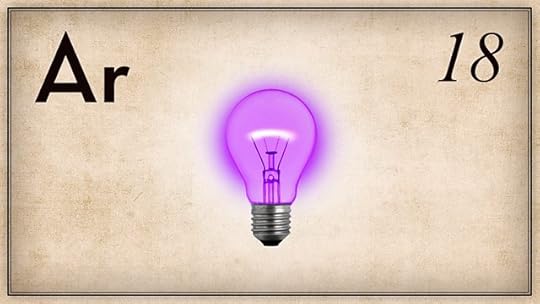
 Argon: Primo imagines a fantasy meeting with his Piedmontese ancestors, who share a number of characteristics with the noble, rare and inert gases, such as Argon.
Argon: Primo imagines a fantasy meeting with his Piedmontese ancestors, who share a number of characteristics with the noble, rare and inert gases, such as Argon.
 1) Sulphur - Ben Crowe plays a boilerman who saves Primo's factory from disaster.
1) Sulphur - Ben Crowe plays a boilerman who saves Primo's factory from disaster.
 In 'Lead', set in the ancient world, a prospector travels from northern to southern Europe in search of the valuable, but toxic, lead rock. Read by Paul Copley.
In 'Lead', set in the ancient world, a prospector travels from northern to southern Europe in search of the valuable, but toxic, lead rock. Read by Paul Copley. 
 Mercury: 1820s - an English captain and his wife live on a remote Atlantic island, with strange chemical properties.
Mercury: 1820s - an English captain and his wife live on a remote Atlantic island, with strange chemical properties.
 Iron: The story of Primo Levi's early life as a chemist in Mussolini's Italy, from his student days, his early crushes and his first experiences as a professional chemist, at a time when it was increasingly hard for Jewish Italians to find work.
Iron: The story of Primo Levi's early life as a chemist in Mussolini's Italy, from his student days, his early crushes and his first experiences as a professional chemist, at a time when it was increasingly hard for Jewish Italians to find work.
 Gold: The Nazis invade Italy and Primo's friends are forced to scatter. Primo and Vanda head into the mountains in order to join the partisans.
Gold: The Nazis invade Italy and Primo's friends are forced to scatter. Primo and Vanda head into the mountains in order to join the partisans. 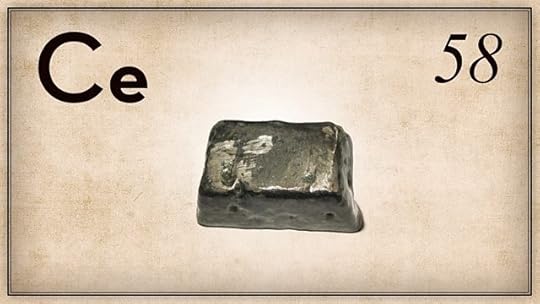
 Cerium: Primo's training as a chemist helps him to survive the terrible conditions of Auschwitz.
Cerium: Primo's training as a chemist helps him to survive the terrible conditions of Auschwitz. 
 Arsenic and Silver: At his retirement party, Primo recounts amusing stories from a professional chemist's life.
Arsenic and Silver: At his retirement party, Primo recounts amusing stories from a professional chemist's life.
 Vanadium Part 2: In the course of his work as a chemist in a paint factory in the 1960s, Primo Levi has received a letter from one of the factory's German clients, Doktor Muller. The same Doktor Muller who had overseen Levi's work as a prisoner in the lab at Auschwitz. And now Muller wants to meet.
Vanadium Part 2: In the course of his work as a chemist in a paint factory in the 1960s, Primo Levi has received a letter from one of the factory's German clients, Doktor Muller. The same Doktor Muller who had overseen Levi's work as a prisoner in the lab at Auschwitz. And now Muller wants to meet. 
 Carbon: Levi imagines the incredible, centuries-long journey of a single atom of carbon.
Carbon: Levi imagines the incredible, centuries-long journey of a single atom of carbon.